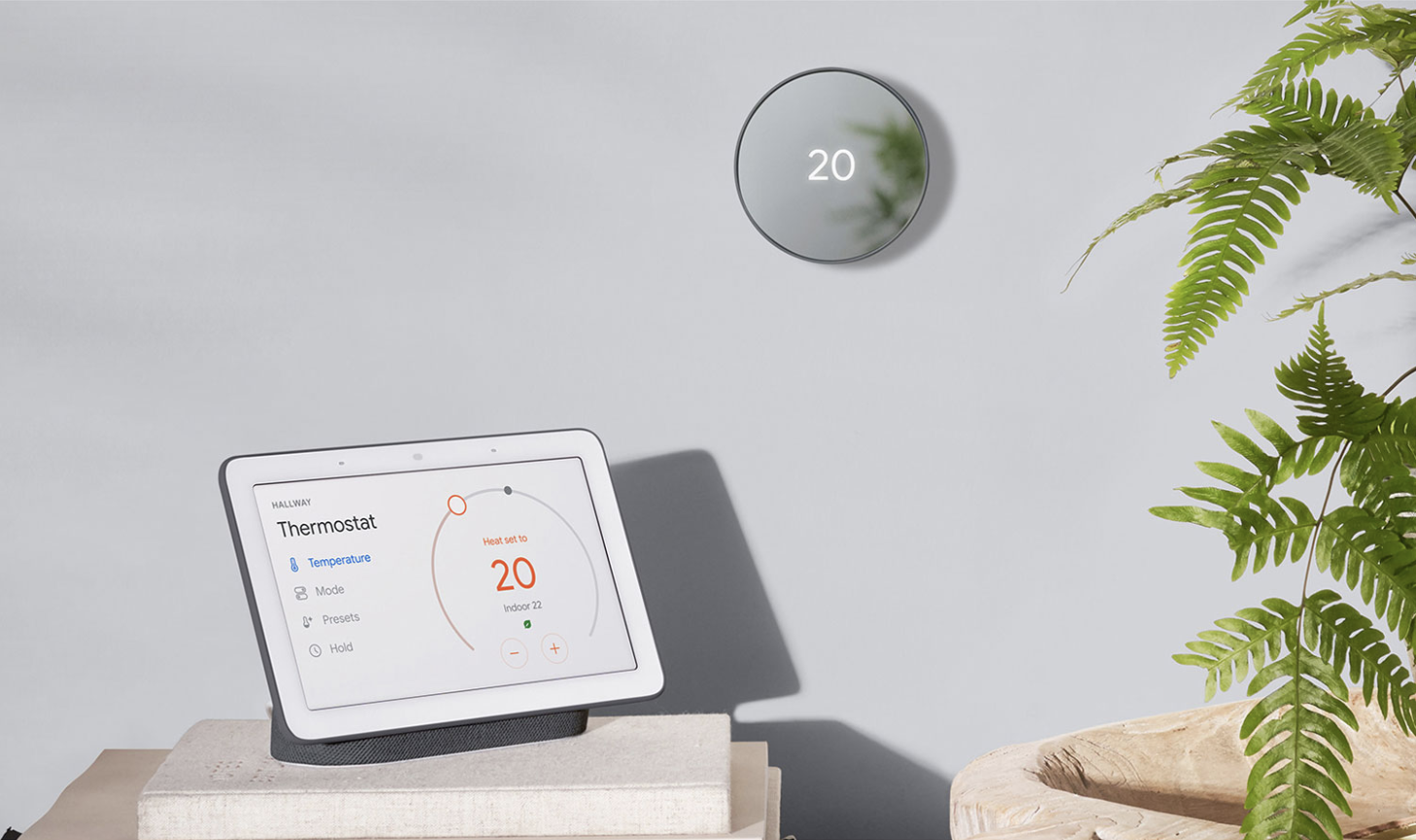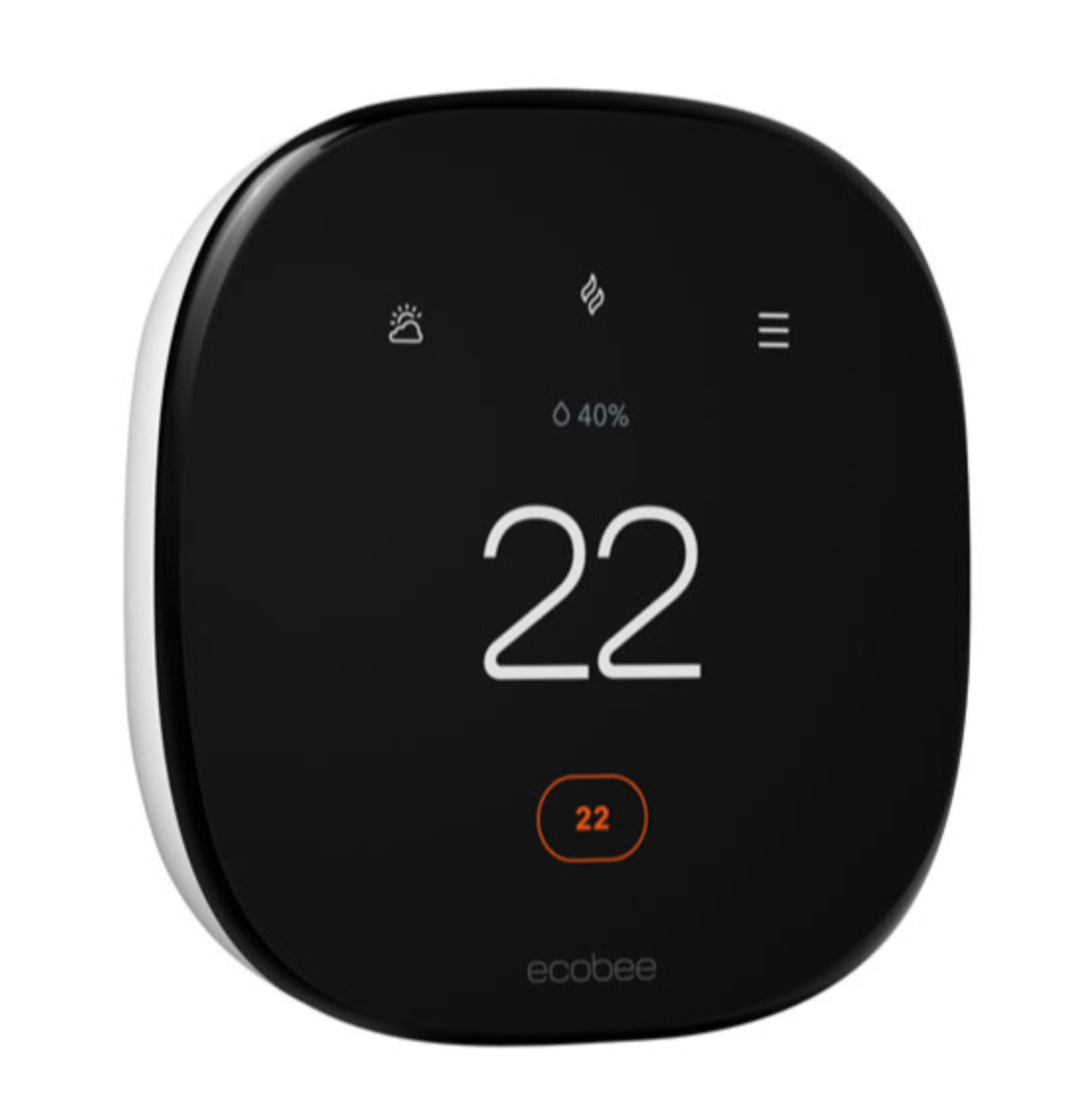 Did you know that having a smart home can help you save energy? With smart thermostats, heating your home is optimized to make your energy consumption more efficient. In this article, I’ll cover how a smart home with smart heating can reduce your heating bills, as well as what you need to get started.
Did you know that having a smart home can help you save energy? With smart thermostats, heating your home is optimized to make your energy consumption more efficient. In this article, I’ll cover how a smart home with smart heating can reduce your heating bills, as well as what you need to get started.
How smart heating saves energy
Heating bills naturally go up when it’s cold outside. We turn up the heat to feel comfortable, however, keeping the heat at a set temperature is not very efficient. For example, when we’re at school or work, it doesn’t make sense to keep the heat on. That’s where smart thermostats come into play. They control the heat to ensure you don’t have to worry about it. You can set schedules, or let the smart thermostat learn your daily habits to help you save energy. Whatever the case, smart thermostats save money without having to turn the heat down.

How much can you save with smart heating
Smart thermostats for central heating, radiant heating, and electric baseboard heating are investments that reduce energy consumption without compromising comfort. The amount of money you can save depends on a variety of factors such as your current heating system, the size of your home, and energy usage habits. Nevertheless, by identifying and addressing energy inefficiencies, smart thermostats help you reduce your overall energy costs.
A good tip is to carefully review the energy reports many smart thermostats provide. This gives a lot of insight on where and when you use a lot of energy. From there, you’re in a better position to make changes to save more money. Furthermore, many energy providers offer rebates for using smart thermostats. Check with your utility company to see if they offer any incentives for purchasing and installing a smart thermostat
Getting a smart thermostat for your home
If you’re looking to create a smart home with smart heating, before anything else, you need to know which type of heating system you have. This will determine which smart thermostat you need. At the most basic level, most homes have a central heating system controlled by a single thermostat. This could be forced air, heat pumps and HVAC systems. Some older homes have zoned heating, which means that each room is controlled by a separate thermostat. This is usually for electric baseboard heating.
Radiant heating is another type of heating system that uses infrared radiation to transfer heat directly from a warm surface to people and objects in the room. The heat source for radiant heating is usually in a central location, such as a boiler or furnace. The heat is transferred to the surfaces in the room, such as the floor, walls, and ceiling. From there, it radiates the heat to people and objects.
There are smart thermostats for all these different types of heating systems. Knowing your home heating system narrows down your options.
Smart thermostats for central heating systems
Since most people have central heating systems, there’s a wide variety of smart thermostats to choose from. Google Nest, Honeywell and Ecobee are all major brands in this space. Let’s look at each in closer detail to help you decide which one is right for you.
Google Nest

Google Nest thermostats use a combination of sensors, algorithms, and machine learning to help you save energy. After installing the Nest thermostat, you set your desired temperature and schedule. It then begins to learn your preference, habits, and day-today schedule. Temperature sensors, occupancy sensors, and ambient light sensors are used to determine when you are home and away. From this data, it adjusts the temperature down to reduce energy cost.
Nest thermostats use a feature called Early-on that automatically calculates how early it should turn on heating or cooling to reach a scheduled temperature on time. This feature works great for homes with forced air. True Radiant is another Nest feature that helps reduce temperature swings typical of radiant systems. It learns how long your radiant system takes to heat up your home. It’ll turn the heat on early to reach a desired temperature. Then it will turn it off early so your home will not heat over the temperature you want.
Honeywell
 Honeywell smart thermostats are a great choice for families. Many models come with wireless remote temperature sensors for more precise heating. Homewell smart thermostats also use geofencing to provide a personalised and convenient home heating experience. It recognizes when a room is occupied and adjusts accordingly.
Honeywell smart thermostats are a great choice for families. Many models come with wireless remote temperature sensors for more precise heating. Homewell smart thermostats also use geofencing to provide a personalised and convenient home heating experience. It recognizes when a room is occupied and adjusts accordingly.
Many Honeywell thermostats can be integrated with other smart home devices such as Amazon and Google Assistant. This allows users to control their heating using voice commands.
Ecobee
 Ecobee smart thermostats come with sensors that detect temperature, occupancy, humidity levels in different rooms of your home. These sensors communicate wirelessly with the thermostat. In addition, it uses learning algorithms to understand your heating and cooling preferences. Additional sensors can even provide alerts when doors and windows are opened.
Ecobee smart thermostats come with sensors that detect temperature, occupancy, humidity levels in different rooms of your home. These sensors communicate wirelessly with the thermostat. In addition, it uses learning algorithms to understand your heating and cooling preferences. Additional sensors can even provide alerts when doors and windows are opened.
Ecobee thermostats integrate with other smart home systems such as Amazon Alexa, Google Assistant, and Apple HomeKit. They also provide energy reports to show how much energy you’ve used and how much you’ve saved.
Electric baseboard smart thermostats
Some smart thermostats are designed to work with electric baseboards. They require a slightly different setup to central heating smart thermostats. First, electric baseboards typically have two wires that run to the thermostat. These wires carry the electric current that powers the heating element in the baseboard. Second, each baseboard requires its own smart thermostat. For example, if you have four rooms each with its own baseboard, you will need a smart thermostat for each room.
Mysa is a popular brand that makes smart thermostats for electric baseboard heating. Users can group multiple Mysa thermostats into heating zones and let you control them from the Mysa app. Set heating schedules based on when you leave and come back at home. Users can remotely set the baseboard heating. For example, if you’re coming home early, increase the temperature so your room will be warm when you arrive.
Smart thermostats for electric baseboard heaters also integrate with smart home systems like Google and Amazon Alexa. With rising electricity bills, it’s an effective way to remotely control baseboard heating to optimize your heating for both comfort and savings.
Smart thermostats are a smart investment
We all know the cost of living is going up. As consumers, we need to make changes that help us save money over the long run. Smart thermostats can reduce energy usage for lower heating and cooling bills. While the amount of savings can vary, it’s an investment that will quickly pay itself off. No matter what kind of heating system you have in your home, there is a smart thermostat for you.
Check out this smart thermostat buying guide for more information on how you can save energy and money heating your home.




